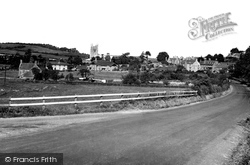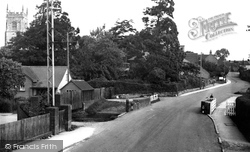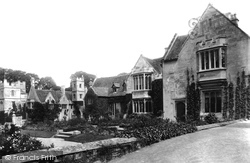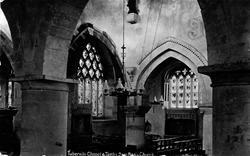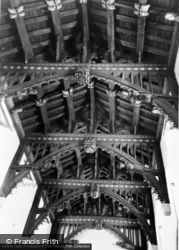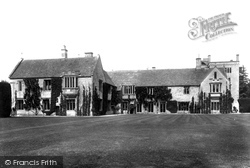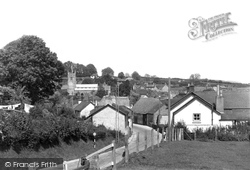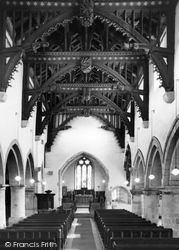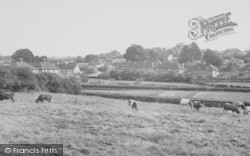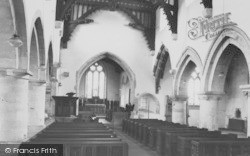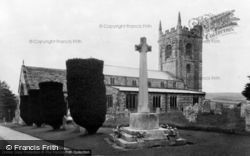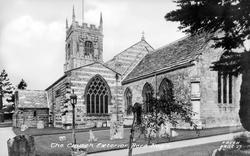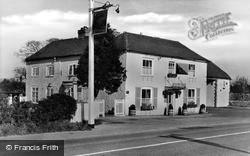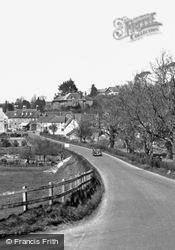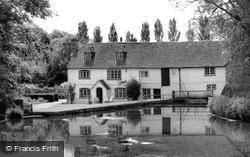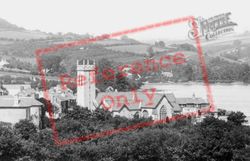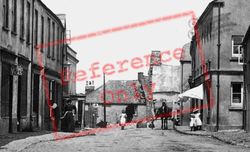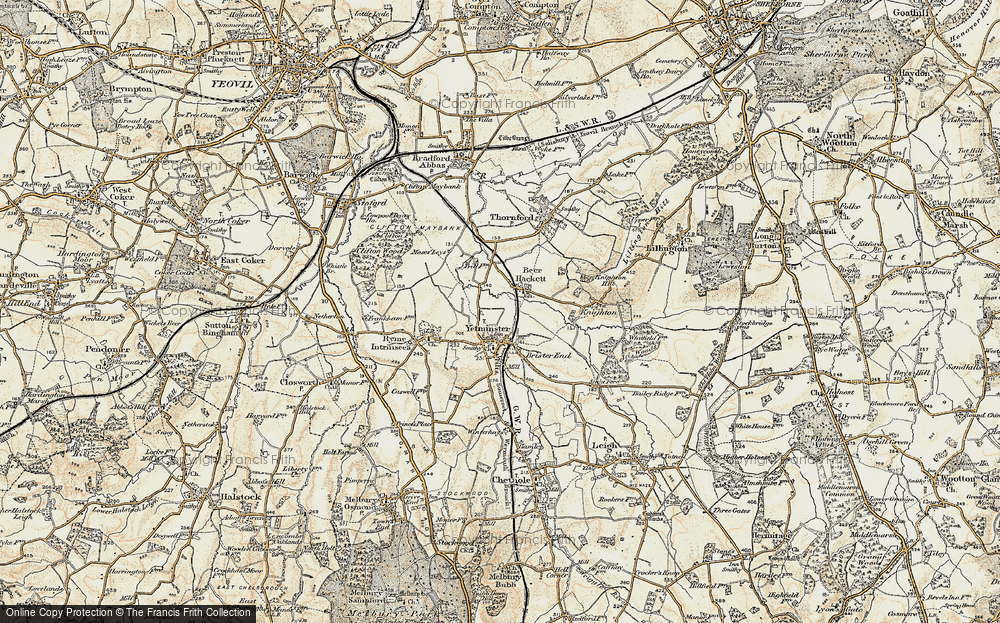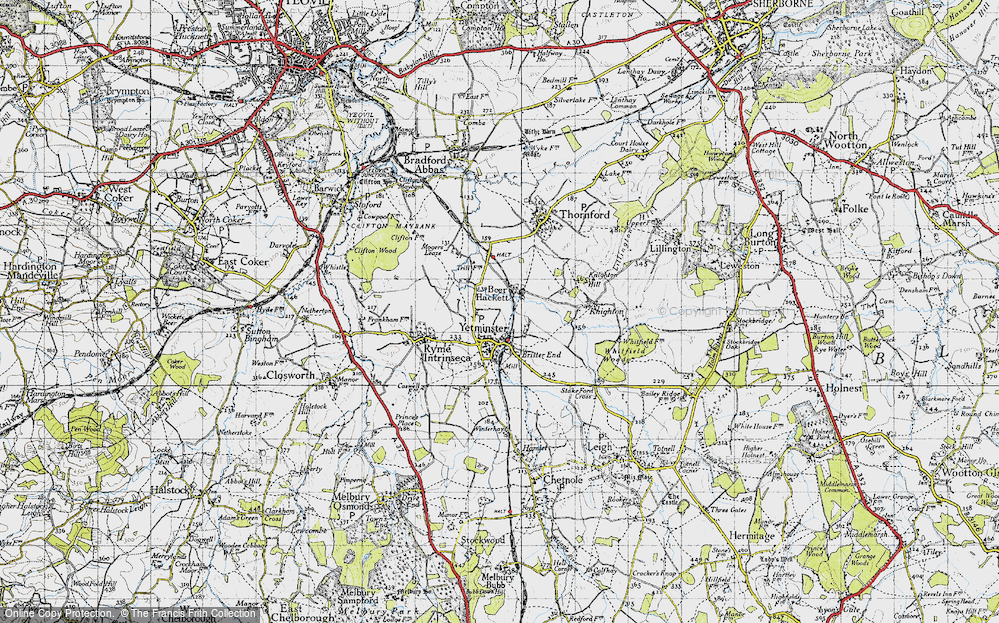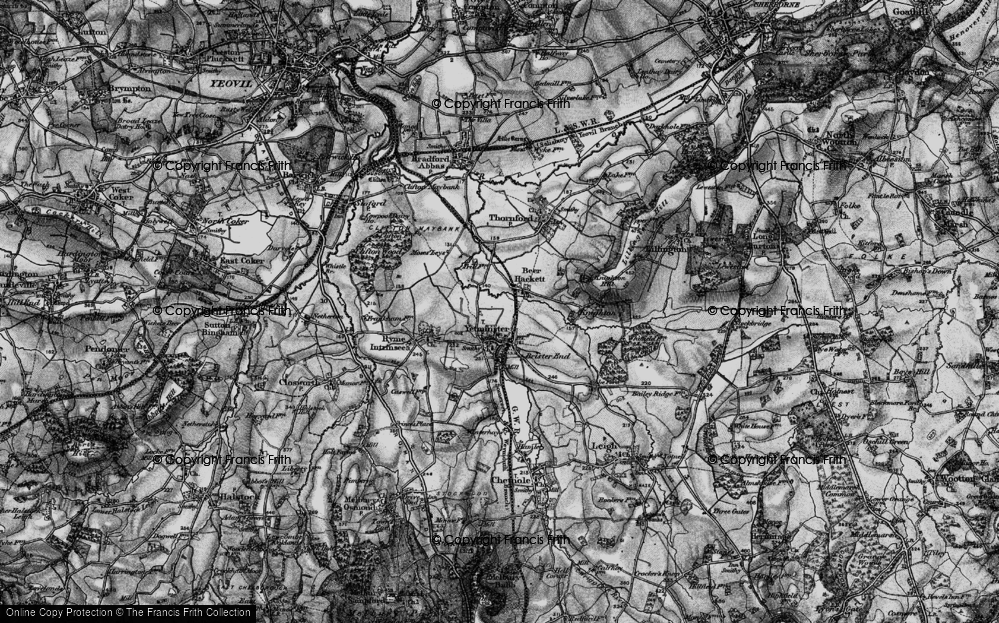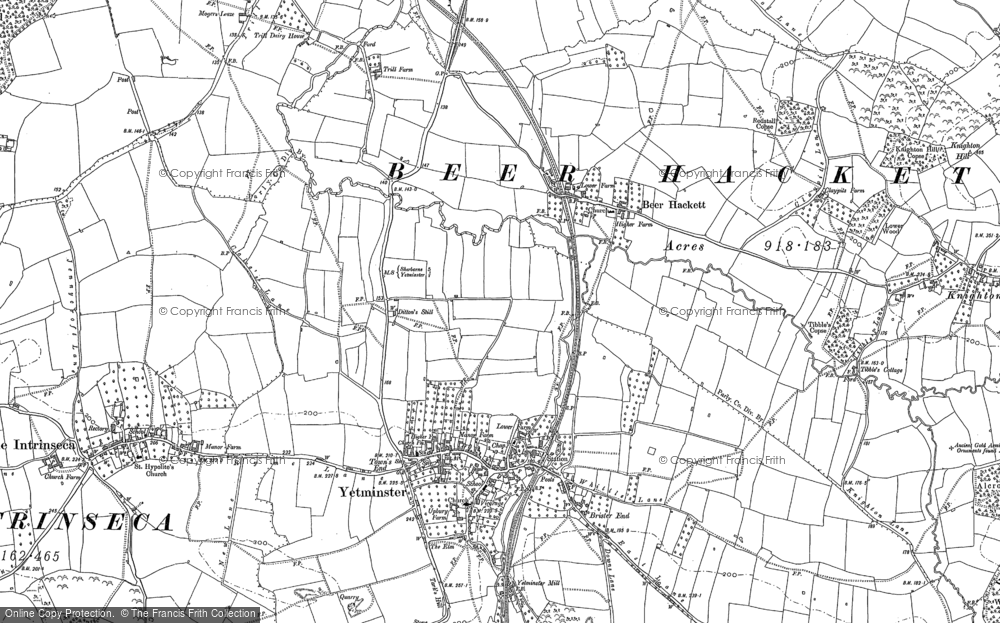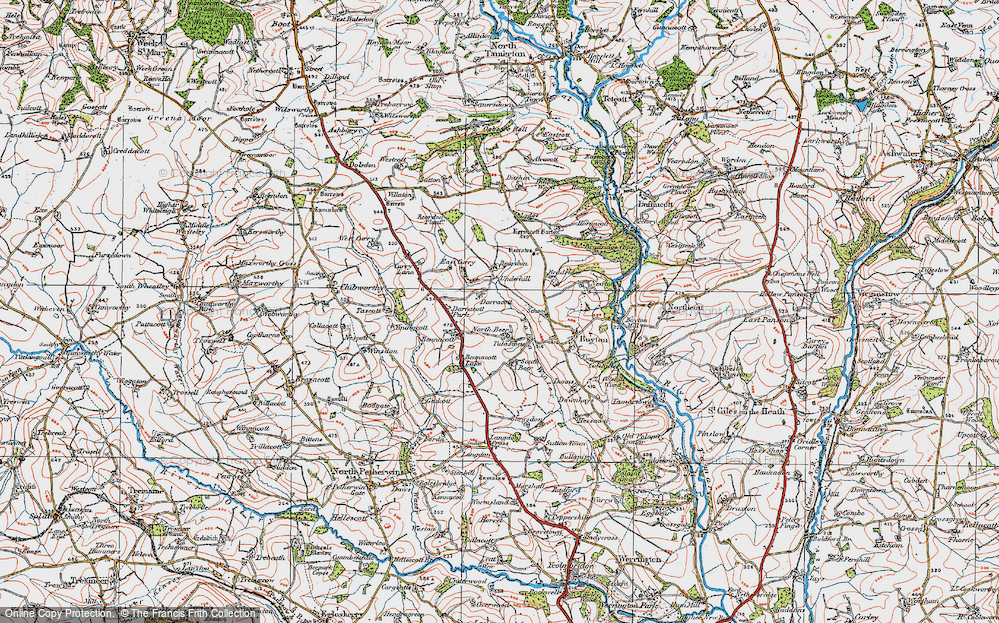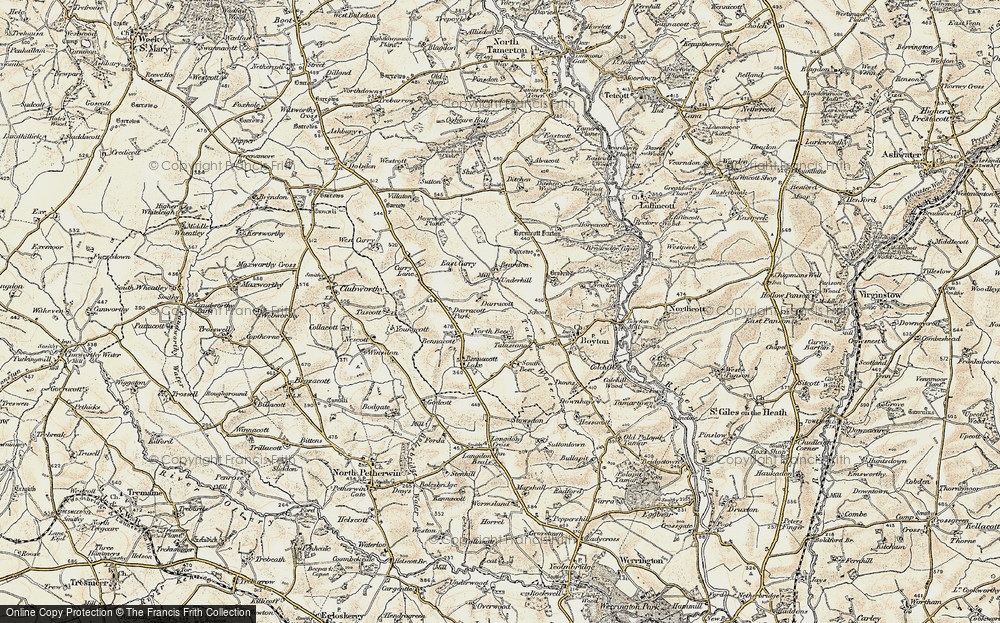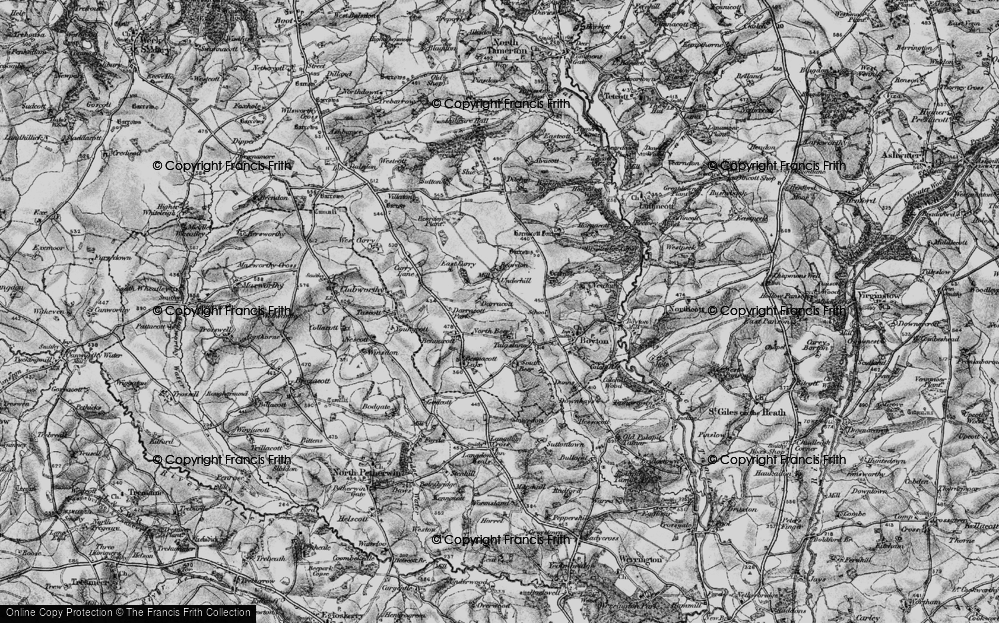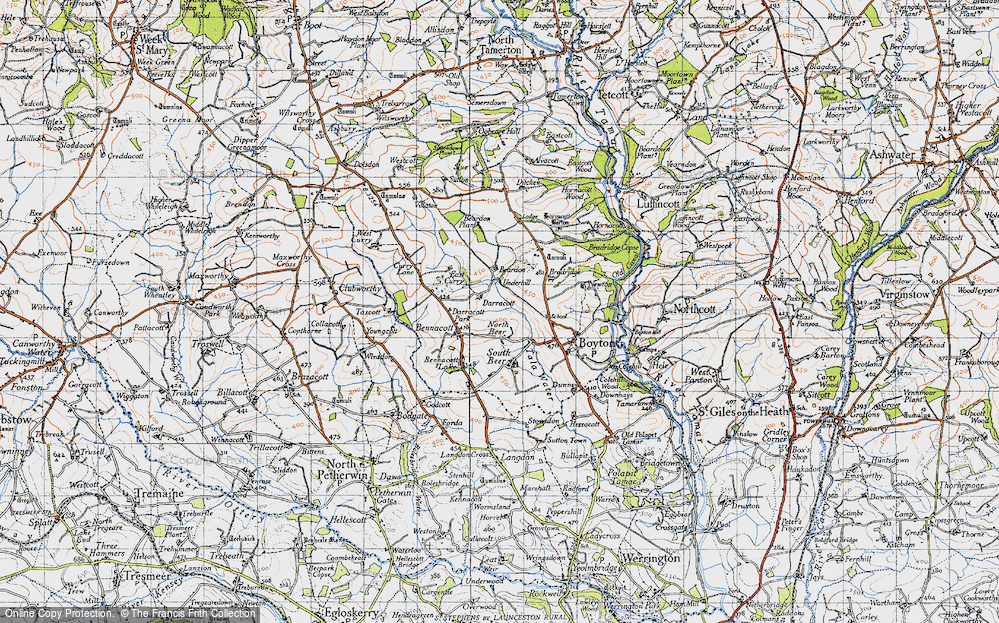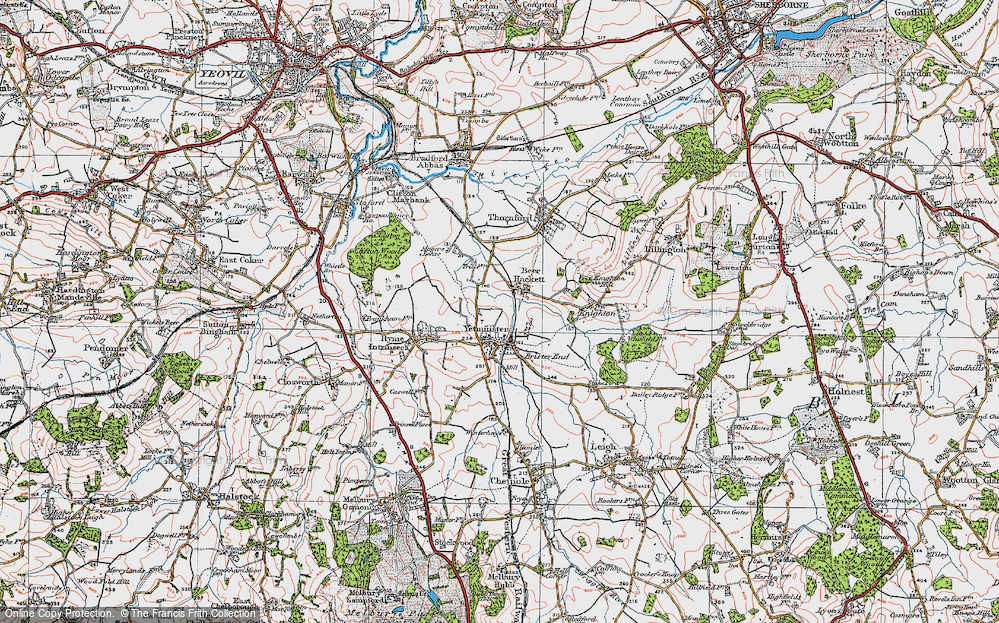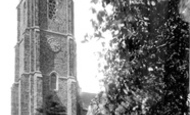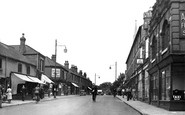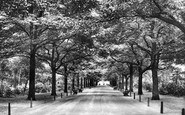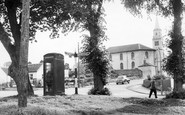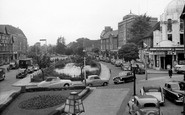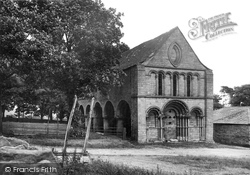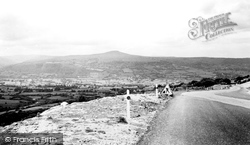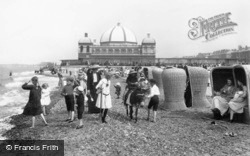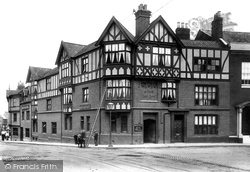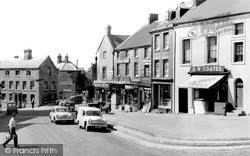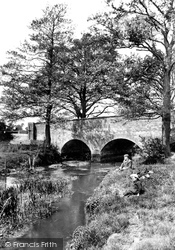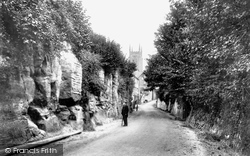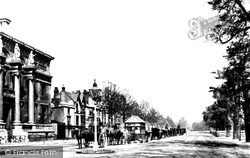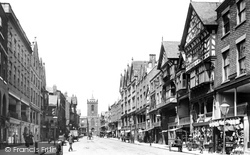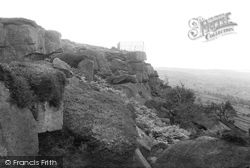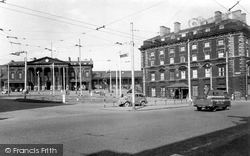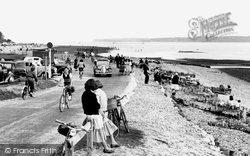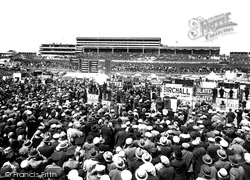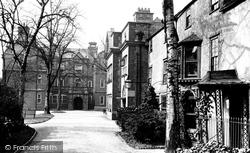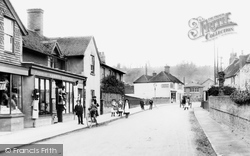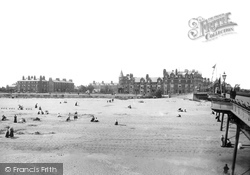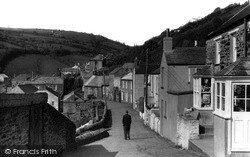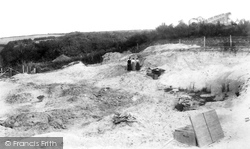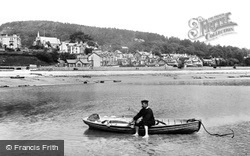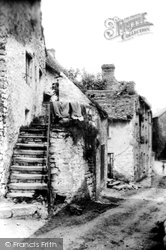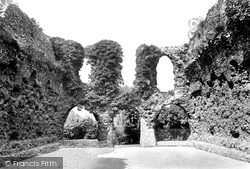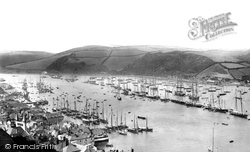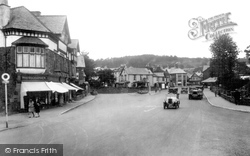Places
4 places found.
Those places high-lighted have photos. All locations may have maps, books and memories.
Photos
59 photos found. Showing results 41 to 59.
Maps
49 maps found.
Books
Sorry, no books were found that related to your search.
Memories
233 memories found. Showing results 21 to 30.
Evacuee
My mother was evacuated to Bishop Nympton ( but going to school in South Molton) She arrived with her mother and her brand new baby sister sometime during the War...I don't know the year right now, I need to find out. They were ...Read more
A memory of South Molton by
James Joseph Irvine (Autobiography) 1911 1990
Stretching over about a mile on the A68 road to Edinburgh from Darlington, lies the small mining town of Tow Law. Approaching it from Elm Park Road Ends, on a clear day, as you pass the various openings ...Read more
A memory of Tow Law in 1930 by
Lofthouse's Newsagents
So I see it now again after so many years the shop on the corner with that sign Lofthouse's Newsagents above the entrance I went under many times to collect my comics hot from the presses of D.C.Thomson of Dundee: Beano ...Read more
A memory of Worksop by
The Orchid Ballroom Purley
Ah yes, I remember it well. It was magical to go there and dance the evening away. So many great bands in the 50's. The floor was great, the music super. I learned to dance at a place called Quinns dance school near ...Read more
A memory of Croydon in 1950 by
Miners Strike
My father (Robert Summers born Dec 1916) was 6 months old when his father was killed in Ypers. A few years later my gran remarried a miner, James MacLachlan, an ex Cameronian. My father told me a story of how, during the strike and ...Read more
A memory of Twechar in 1920 by
Play
I know records will prove me wrong, but summer seemed to start around the beginning of May and last until getting on to Bonfire night. We walked to Witton-le-Wear night after night to swim then walked home or, if we were lucky, got a ...Read more
A memory of Howden-le-Wear by
My Favourite Haunt
My memories scan over 50 years, I lived in Anhalt Road and then Ethelburga Street and spent countless hours in the Park. The funfare, with fireworks every Friday night for the end of war celebrations, the tree walk along the ...Read more
A memory of Battersea in 1950 by
My First Visit To Eaglesham Church
My first and last visit to Eaglesham church was when i was a schoolboy at lawmuir agricultural school in nearby Jackton. I must add that lawmuir was a boarding school in those days, and pupils went there on a ...Read more
A memory of Eaglesham in 1959 by
My Great Granny Barker
At the far end of photo number H183005a - on the right - is a white wall. Mr and Mrs Barker lived in a one room plus a tiny kitchen downstairs, two tiny rooms up, from the 1930s until my great-grandmother died in the ...Read more
A memory of Heighington in 1944 by
The Odeon
I was a member of the Odeon choir and it was around this time that we were taken to I think it was the Festival Hall, to compete against choirs across England and I got a bronze medal, I think it was the Star Festival. Unfortunately my ...Read more
A memory of Watford in 1952 by
Captions
127 captions found. Showing results 49 to 72.
The building looks as though it might be being used for agricultural purposes in the 1920s, but today it is surrounded by well-tended grassland and is accessible to the public.
Early maps have the name Bloreys or 'bare spot' for the mountain - this was a name given to high exposed places.
The bucket and spades, bare feet, donkeys and wickerwork basket chairs recapture a vanished era. 'The sands form an excellent bathing-ground, entirely free from danger', says a Victorian guidebook.
Barely 12 years old at this time, and still looking pristine, this mock-Tudor hotel was rebuilt and reworked by Herbert Green.
Wirksworth was the 'Snowfield' of George Eliot's novel Adam Bede.
It was a bare-knuckle fight between Tom Sayer, from England, and John Heenan, the American. After 42 rounds, it was declared a draw.
This evocative view, wholly unchanged today, is barely 200 yards from the busy High Street. The soaring parish church tower, carefully rebuilt following its collapse in 1785, closes the view.
Founded for women 28 years before this photograph was taken, Somerville College is barely visible from the street.
When enlarged, this photograph reveals that a couple of the boys in the street are bare-footed.
Overlooking Ilkley is the Swastika Stone, so called because of its attractive engraved markings; in reality, they barely resemble the emotive 20th-century swastika symbol.
He also built the station - a great achievement for a man who could barely write his own name. The George Hotel replaced the earlier George Inn, which was re-erected in St Peter's Street in 1852.
The bare chalk in this view of the Whiteleaf Cross is nowadays not seen so clearly; the downs have since become covered in trees and scrub, with woods in the middle distant field.
Here we see a busy day in the summer. Girls watch the boys go by. Fashions have changed: there are no bikinis and no bare chests here.
There is not a bare head to be seen in this view, which looks towards the old grandstand - new the year this picture was taken.
Founded for women 28 years before this photograph was taken, Somerville College is barely visible from the street.
Barely visible in the distance are the level crossing and signal box.
Here we see the bare central beach of a century ago, with no Embassy Centre, fairground car park, Marine Walk and Esplanade, shops, arcades or cafés.
Viewed from just above the landing cove of this tiny fishing community on Veryan Bay, this scene has barely changed in modern times.
These Edwardian ladies are looking at the Iron Age cemetery that was discovered here in 1900.
A bare-footed fisherman sits in his boat at low water. The board showing the name 'Dewdrop' at the stern suggests that he also hired it out.
This scene is barely recognisable today. Note the clothing drying on the railing and the unmade road.
What remains is a gaunt flint mountain with barely a dressed stone intact. This view is within the Norman chapter house looking towards the entrance from the cloister.
Dartmouth regatta is still held in August; but rarely can the river have been as busy or the boats as decorated as here in late Victorian times, when attendance at the regatta was highly chic and drew
The gardens, barely visible to the right, are those of the big house, Ellerthwaite, which now houses the public library and the Citizen's Advice Bureau.
Places (4)
Photos (59)
Memories (233)
Books (0)
Maps (49)


